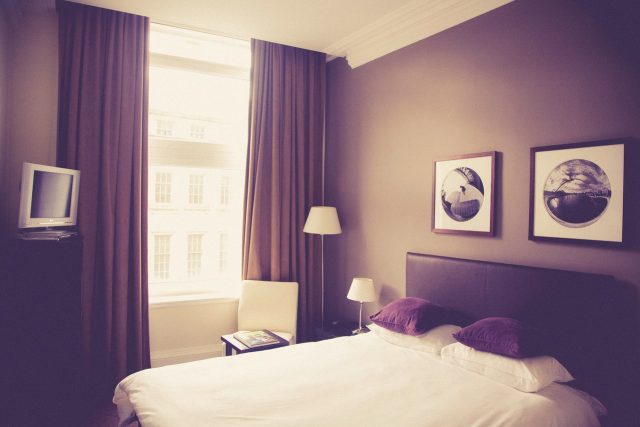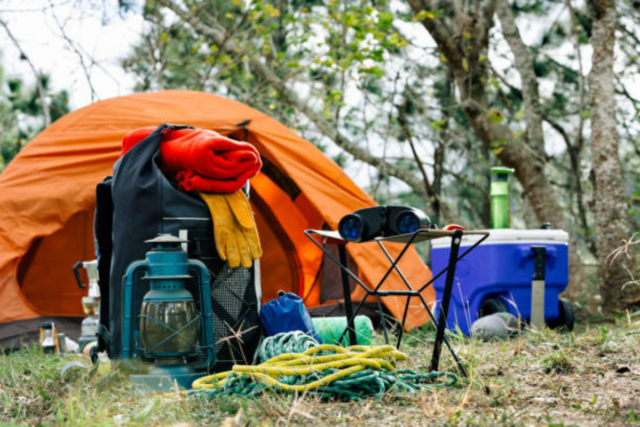The hotels and accommodations industry is one of the most impacted due to the global pandemic COVID-19. It has been affected badly for more than half a year now, and some hotels and accommodation businesses are spending the lockdown period putting efforts in redesigning and renovating their businesses whilst the tourism is reduced due to travel bans. Now is an excellent time for accommodation businesses to contact an interior design company in melbourne to discuss renovating.
During these uncertain times with people agitated on how secure it is to be on the move, hotel design trends for 2020 aim to conform to the new normal. There are new requirements to consider in terms of the design and hotel space. Some hotels even had to be temporarily used for quarantine purposes.
Highlighting the design trends in 2020 is different to other years. In previous years there has been much more emphasis on design features such as sculptural lighting features or timber feature walls, but this year it is mostly focused on changes to the hotels’ safety in order to maintain its usual reputation of comfort and style.
Here are some key design updates to consider in 2020:
Dining facilities
More space will need to be allotted in between dining tables just to be extra vigilant in observing social distancing whilst still giving out the same kind of special service through a-la-carte. Some may still want to keep the original number of seating capacity but they will have to put up physical barriers such as acrylic partitions or timber screens for those casual diners that have to share an area close to each other. Dine-in shows and buffet style dining may not be possible in 2020 and may not open again for a very long time.
Accommodation
More or less, designs will embrace more of a residential aesthetic like that of serviced flats. With consideration to those who prefer dining in, the hotels will provide rooms with kitchen amenities and will provide at least a 2-seater dining area. All of these aim to promote self-care and stress relief which helps keep our mental health in check. The reception fitout must also make people feel welcome and safe. Concierge is there to cater to guests’ preference for online food ordering. If you’re up for a staycation treat, room service could do you good too as hotel chefs and the rest of their cooking staff were sufficiently trained and certified in proper food handling. Worried about the food getting transported around the hotel? For sure, one of the main interior modifications to be expected will include service elevators and alleys, being isolated and free from being shared with other services.
Spas and wellness treatments
Tourists today will surely opt for staycations and so services are expected to go that extra mile, including luxury style treatments and offerings. Incorporating and offering guests services and products available from the locals of the area is also a trend. A little infusion of some local products into the services such as relaxing tea, DIY organic soaps, and essential oils. This could serve as a window to popularize services such as Thai massages, Balinese flower baths, and Korean facials but in the comforts of your local hotels. So, it still provides an escape with the perfect low lighting, layered ambience, and soothing scents. Expect designs that involve landscapes to serve as an escape to not only ease the mind of the coronavirus’ aftermath but also caters to a deeper sense of self. A lot of greens, hanging plants, natural light and wooden panels for most of the wellness areas.

Technological advancement
During the time of COVID-19, people realized how essential technology is, from communicating, ordering food, checking-in for those who underwent quarantine, and for being a source of news and information. This moves the hotel industry to re-evaluate its relationship with technology. Considering one of the ultimate reasons why tourists go on a trip is the sense of adventure and the liberty of going independent in experiencing new things or to get familiar with ways of specific cultures. While these are being established, hospitality spaces can be built since front desks can already be eliminated. This gives a chance for a common space where functionality is considered parallel to elegance and comfort with bits and parts where you could be intimate, private, and solo, but not necessarily eliminating the social side of it. It’s also important that hotels are set up with self-check-in services for those that have challenges engaging with technologies.
For sure, hotel design trends for 2020 are focused on travel safety when it comes to whatever adjustments and renovations are taking place. Hopefully, people will do their part in ensuring their safety contributes to the safety of everybody around them, along with the tourism industry’s efforts for all of us to enjoy holidays once again.



MOST COMMENTED
Featured
Games Boost Strategic Thinking
Fashion
Confidence Perception and Eye Color
Featured / Lifestyle
Balancing Personal and Career Goals
Lifestyle / Trends
Eco-Friendly Trends in Coffee Machines
Fashion
How to Look Fabulous in Summer
Lifestyle / Trends
A Guide to Garden Furniture Protection
Lifestyle / Travel / Trends
Brompton Bags for the Urban Explorer